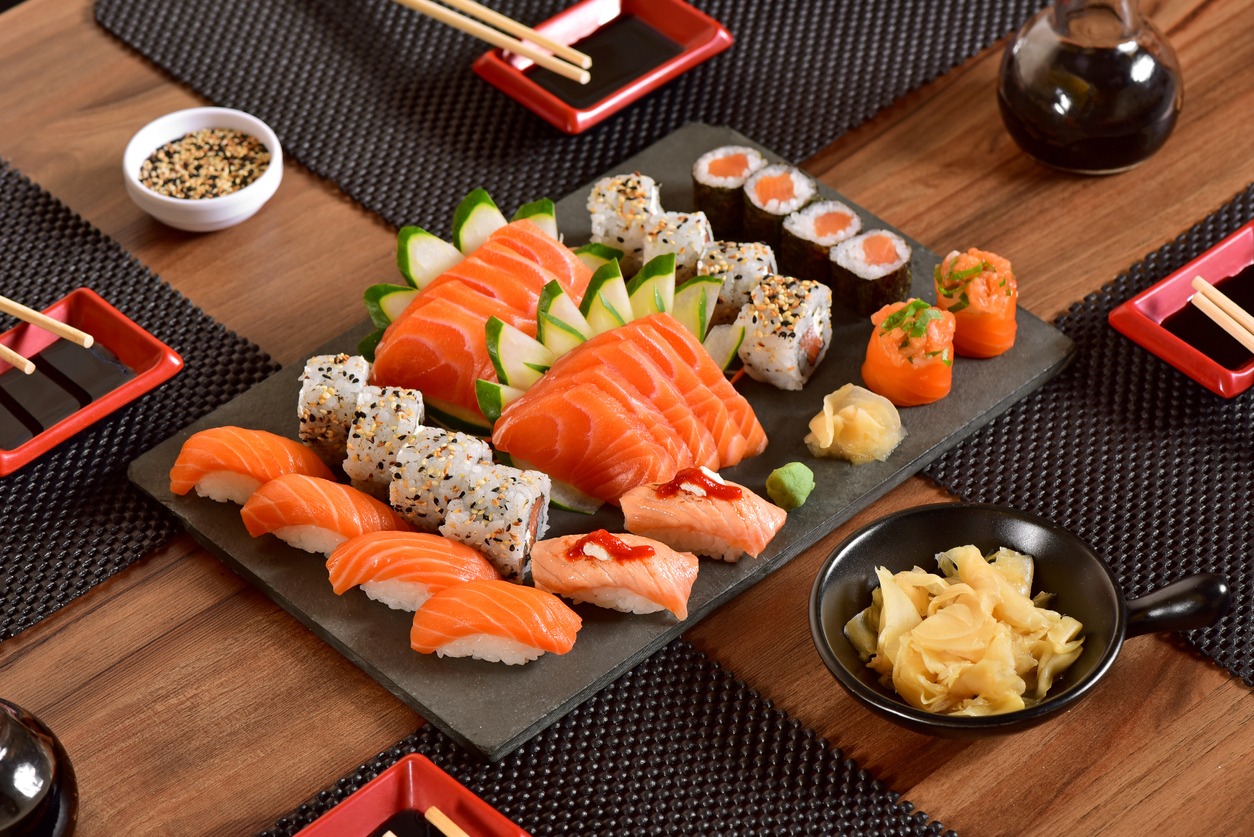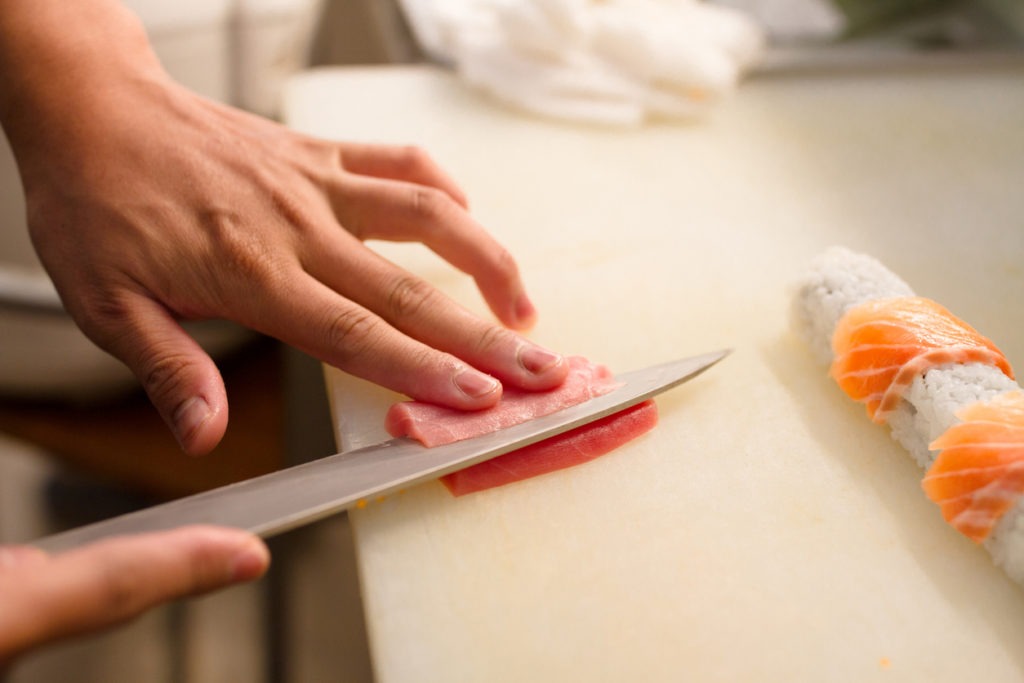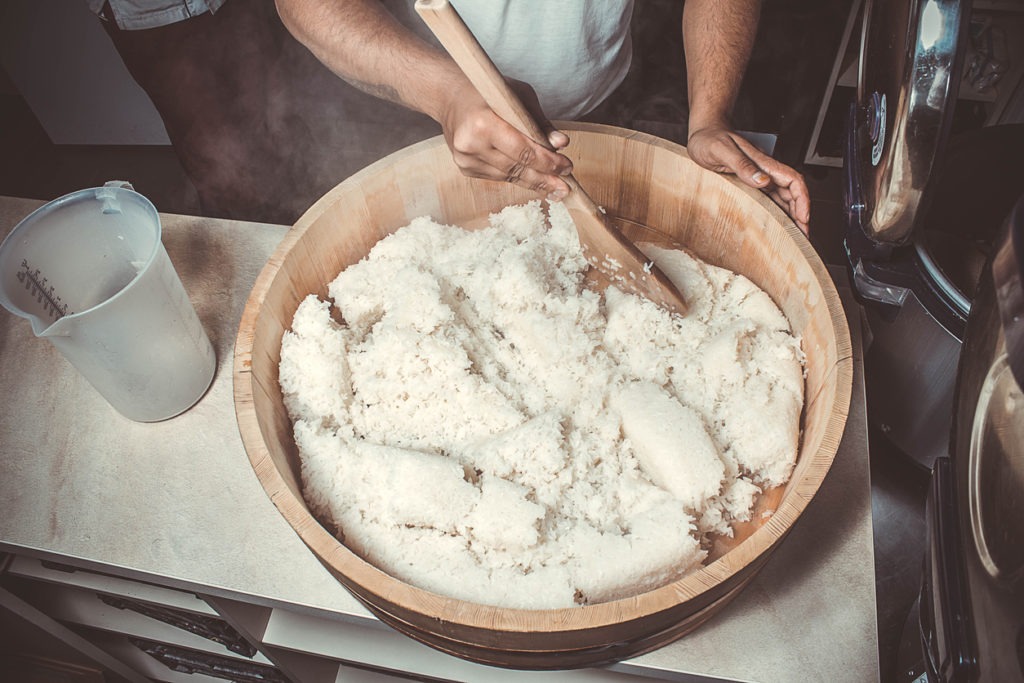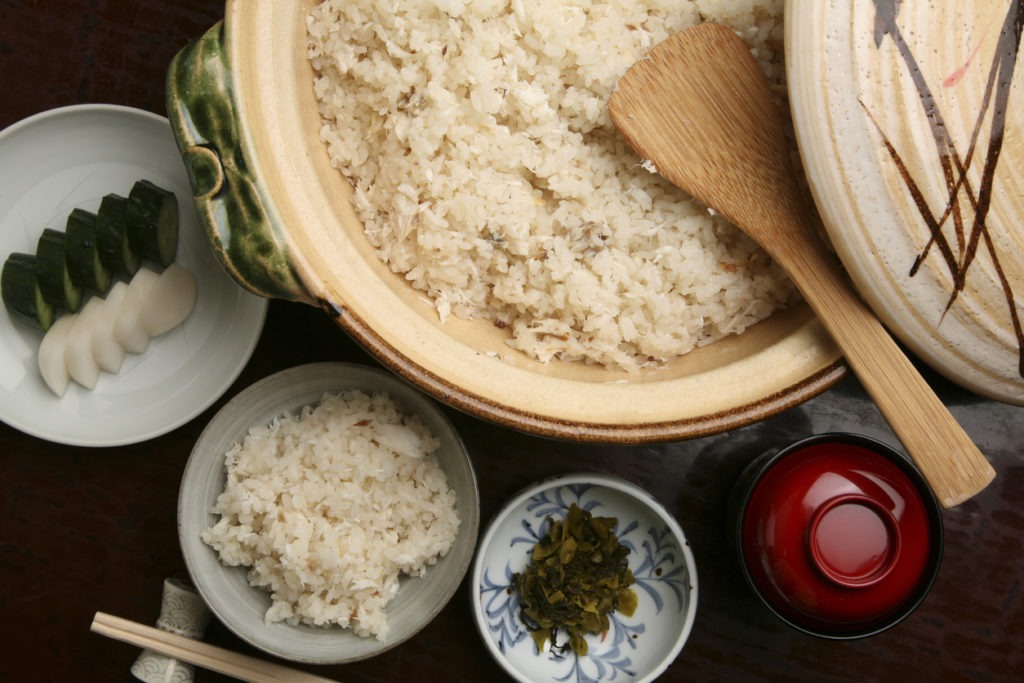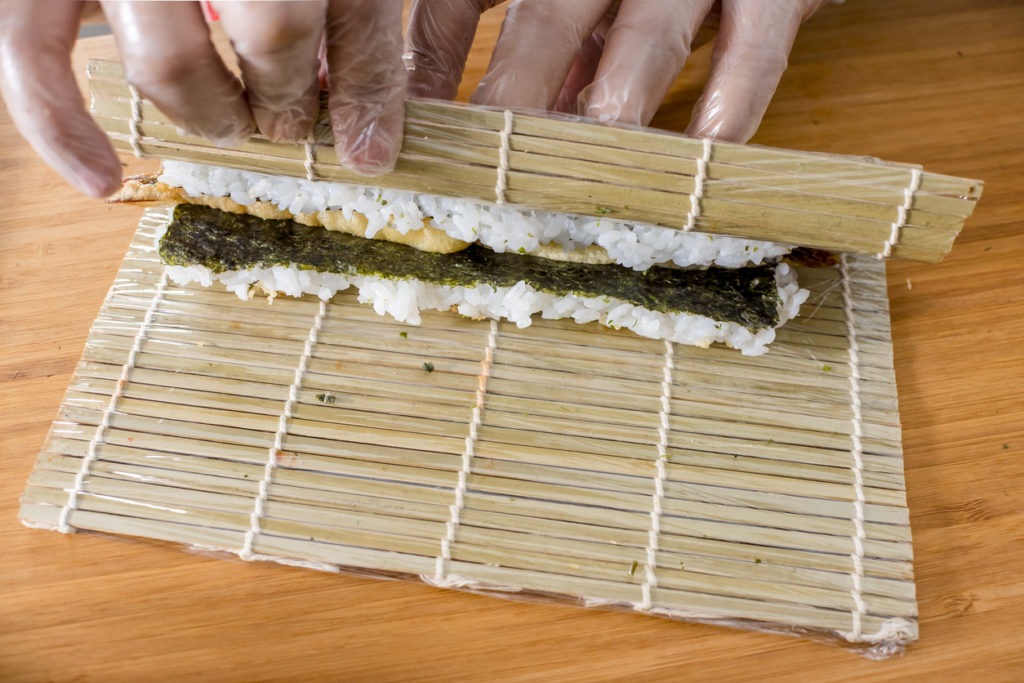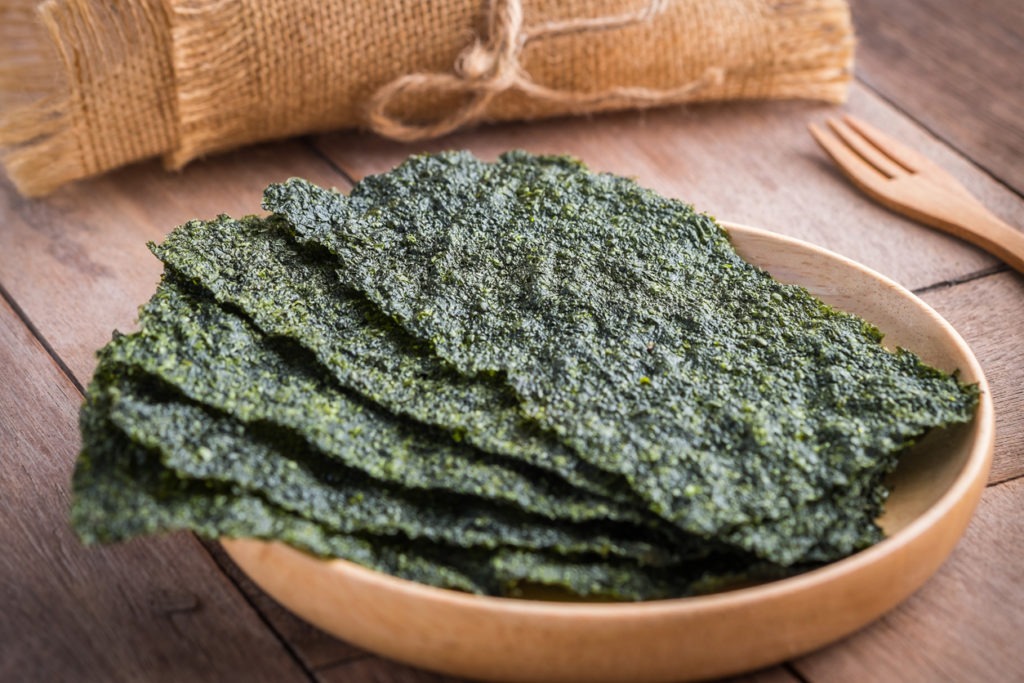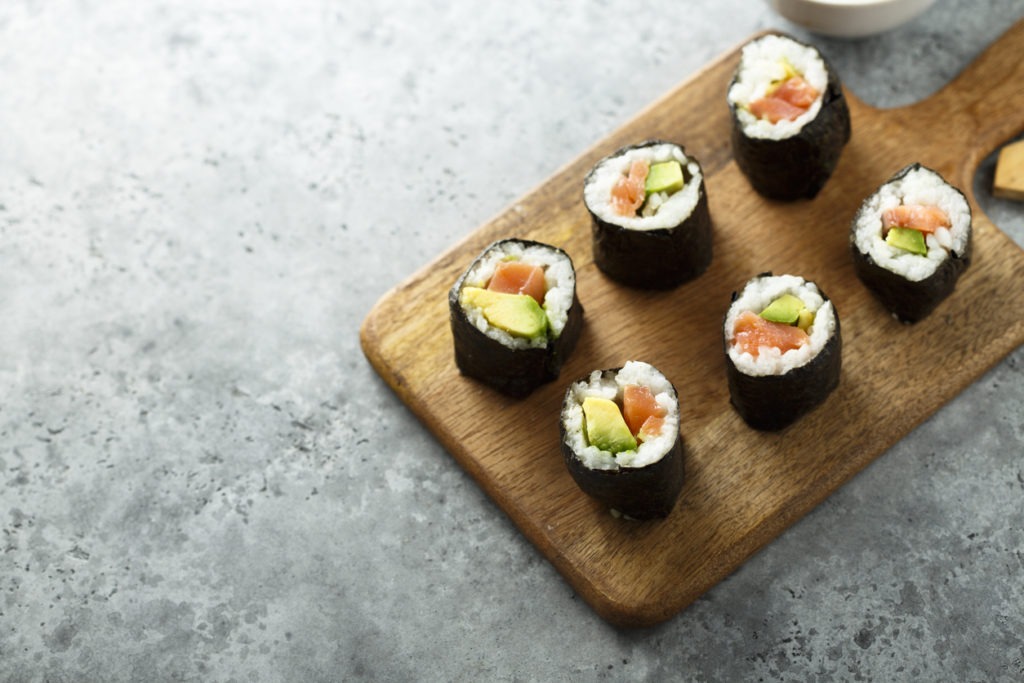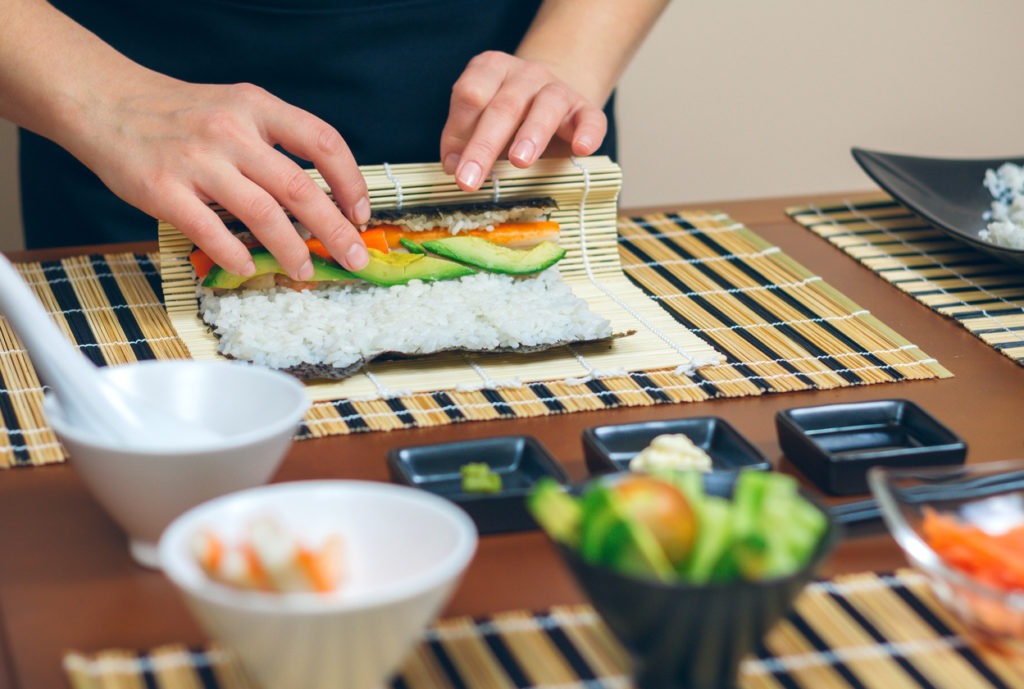When you can make sushi at home for less money and just as deliciously, why spend a fortune at a restaurant for those rice rolls? Additionally, not everyone can afford to treat themselves to a high-luxury Japanese-style dinner at a posh sushi bar. Sushi made from scratch is always a hit as a weekend supper. To accommodate a range of tastes and dietary requirements, you can create a variety of fillings. The ingredients and tools you will need to prepare and serve sushi at home are listed below.
Everything You Need to Make Sushi at Home
Knife
You’ll need a sharp knife to portion raw fish, finely chop the other ingredients for the filling, and slice the finished roll into pieces. The knife is unquestionably the most important piece of equipment for making beautiful sushi. A set of knives would be preferable. For precise cutting, Japanese knives are only sharpened on one side. The best sashimi knives have a rounded, D- or hexagonal-shaped wooden handle.
The Sharpening Stone
To keep your sushi knives as sharp as possible at all times, a high-quality water stone or whetstone is a necessity. The grit sizes of the stones typically range from coarse to fine; the higher the number, the finer the grit and the sharper the knife.
A Suihanki
The rice needs to be cooked just right in order to produce good sushi. The majority of Japanese eateries use a “suihanki,” or rice cooker. You’ll get the best and most reliable results if you use this common household item in Asian homes all over the continent. Again, there is a wide variety, so you can find one that will fit your needs and budget.
Mesh Strainer
Rinsing the rice before use is one of the tricks to making sushi rice properly. For this purpose, a traditional strainer’s holes are frequently too large; instead, use a mesh strainer.
Short-Grain Rice
Buying short-grain sushi rice is crucial if you want the best results. The right amount of moisture and starch is present in short-grain rice, which helps the sushi roll maintain its shape. Even simpler to prepare with a rice cooker!
Rice Vinegar
An essential component of sushi is rice vinegar, which is added to the cooked rice.
A Hangiri
After the rice has finished cooking, it must rest before being combined with the rice vinegar, sugar, and salt. The traditional wooden container known as a “hangiri” is the best option for the mixing process. A hangiri can cost two or three times as much as a steel cooking pot, but it’s also simple to find less expensive alternatives.
A Shamoji
After being cooked, the rice needs to be mixed with a rice paddle or a big flat spoon to let the extra moisture drain. When choosing a paddle, you have a variety of options, including plastic and wood. A true sushi master completes this step using a “shamoji,” which is perfect for working the rice in a “hangiri.” Bamboo is typically used to make traditional shamoji.
The Makisu
Fans of Japanese cuisine probably have the most familiarity with the “makisu” utensil. You can roll beautiful California rolls and “maki” with the aid of this bamboo mat. Additionally, they can be used to remove moisture from other foods, like Japanese omelets. This is a one-time expense that facilitates the formation of a compact sushi roll. It’s inexpensive and well worth it! Before rolling the sushi, be sure to wrap the mat in plastic to help keep it clean.
Seaweed Wrap
Sushi’s nori seaweed sheets are a crucial component! It lasts a while because only half a sheet is required per roll.
Sesame Seed
Your sushi will look like it does at a restaurant with the addition of sesame seeds. Sesame seeds that are still on hand can always be added to a stir-fry dish.
Condiments Dish
As you know, tamari, wasabi, pickled ginger, or your preferred homemade sauce are typically served with sushi. To make your sushi serving look more appetizing to your guests and family, your chosen set must include a condiments dish or sauce bowl.
Making Sushi At Home Using Essential Items
Since maki rolls are the simplest to make, let’s start there. The main component of maki is rice and filling encased in seaweed.
- With the shiny side facing down, position the longest edge of your nori sheet at the bottom. This can be placed on the sushi mat to aid in rolling, but you are not required to at this time. To prevent the rice from sticking, wet your hands. Then, spread a thin layer across the sheet, leaving about an inch at the top empty.
- Add your preferred filling; our favorites are salmon with avocado and/or cucumber, teriyaki chicken, or tuna. Alternatively, a vegetarian roll with avocado, carrots, and capsicum (peppers).
- To enable them to be arranged in a line on the rice, your ingredients should be thinly sliced and of a similar length. To ensure that the entire roll is filled, place your filling halfway up the rice and let it hang over the sides.
How To Roll Using Your Makisu or Bamboo Mat
- Ensure you have access to water. Roll up the bottom of the sheet so that it touches the top line of the rice.
- Work to roll the rice tightly into a single complete roll, then secure the roll in position. After lightly dampening the remaining edge of the nori sheet with water using your fingers, continue rolling the sheet and seal it.
- Roll the sushi mat around the roll, giving it a firm but gentle squeeze. Place the roll on the mat. The roll should be compressed while remaining round and without being crushed.
- Once you’ve prepared all of your rolls, check to see that your knife is sharp and run the edge under a running faucet. Cut the roll in half, then divide each piece into two more times to create eight pieces. To prevent the rice from sticking to the knife, keep running it under a little water between cuts.
Conclusion
A few basic tools are all that is needed to make sushi at home. You can make delicious homemade sushi with a small investment and some practice. You can now enjoy sushi in the comfort of your own home with the help of these items.
